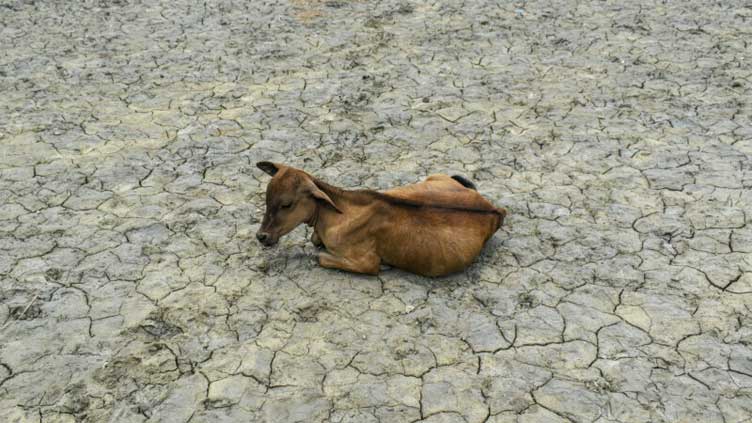DM Monitoring
NEW YORK: It is near-certain that 2023-2027 will be the warmest five-year period ever recorded, the United Nations warned on Wednesday as greenhouse gases and El Nino combine to send temperatures soaring.
There is a two-thirds chance that at least one of the next five years will see global temperatures exceed the more ambitious target set out in the Paris accords on limiting climate change, the UN’s World Meteorological Organization (WMO) said.
The hottest eight years ever recorded were all between 2015 and 2022, with 2016 the warmest — but temperatures are forecast to increase further as climate change accelerates.
“There is a 98 per cent likelihood that at least one of the next five years, and the five-year period as a whole, will be the warmest on record,” the WMO said.
The 2015 Paris Agreement saw countries agree to cap global warming at “well below” two degrees Celsius above average levels measured between 1850 and 1900 — and 1.5C if possible.
The global mean temperature in 2022 was 1.15C above the 1850-1900 average. The WMO said there was a 66pc chance that annual global surface temperatures will exceed 1.5C above pre-industrial levels for at least one of the years 2023-2027, with a range of 1.1C to 1.8C forecasted for each of those five years.
“WMO is sounding the alarm that we will breach the 1.5C level on a temporary basis with increasing frequency”, said the agency’s chief Petteri Taalas.
“A warming El Nino is expected to develop in the coming months and this will combine with human-induced climate change to push global temperatures into uncharted territory. “This will have far-reaching repercussions for health, food security, water management and the environment. We need to be prepared.”
El Nino is the large-scale warming of surface temperatures in the central and eastern equatorial Pacific Ocean. The weather phenomenon normally occurs every two to seven years. Typically, El Nino increases global temperatures in the year after it develops – which in this cycle would be 2024. Wednesday’s predictions show “we haven’t been able to limit the warming so far and we are still moving in the wrong direction”, Taalas told a press conference. He said it could take until the 2060s to phase out the negative trend and stop things getting worse.
Heat gets trapped in the atmosphere by so-called greenhouse gases, which are at a record high.
The major greenhouse gases are carbon dioxide, plus methane and nitrous oxide.“The return to normal level might take even thousands of years because we already have such a high concentration of carbon dioxide, and we have lost the melting of glaciers and sea level game,” said Taalas. “There’s no return to the climate which persisted during the last century. That’s a fact.” Mean global land and sea near-surface temperatures have increased since the 1960s. The chances of temperatures temporarily exceeding 1.5C above the 1850-1990 average have risen steadily since 2015, a year in which they were considered close to zero.






